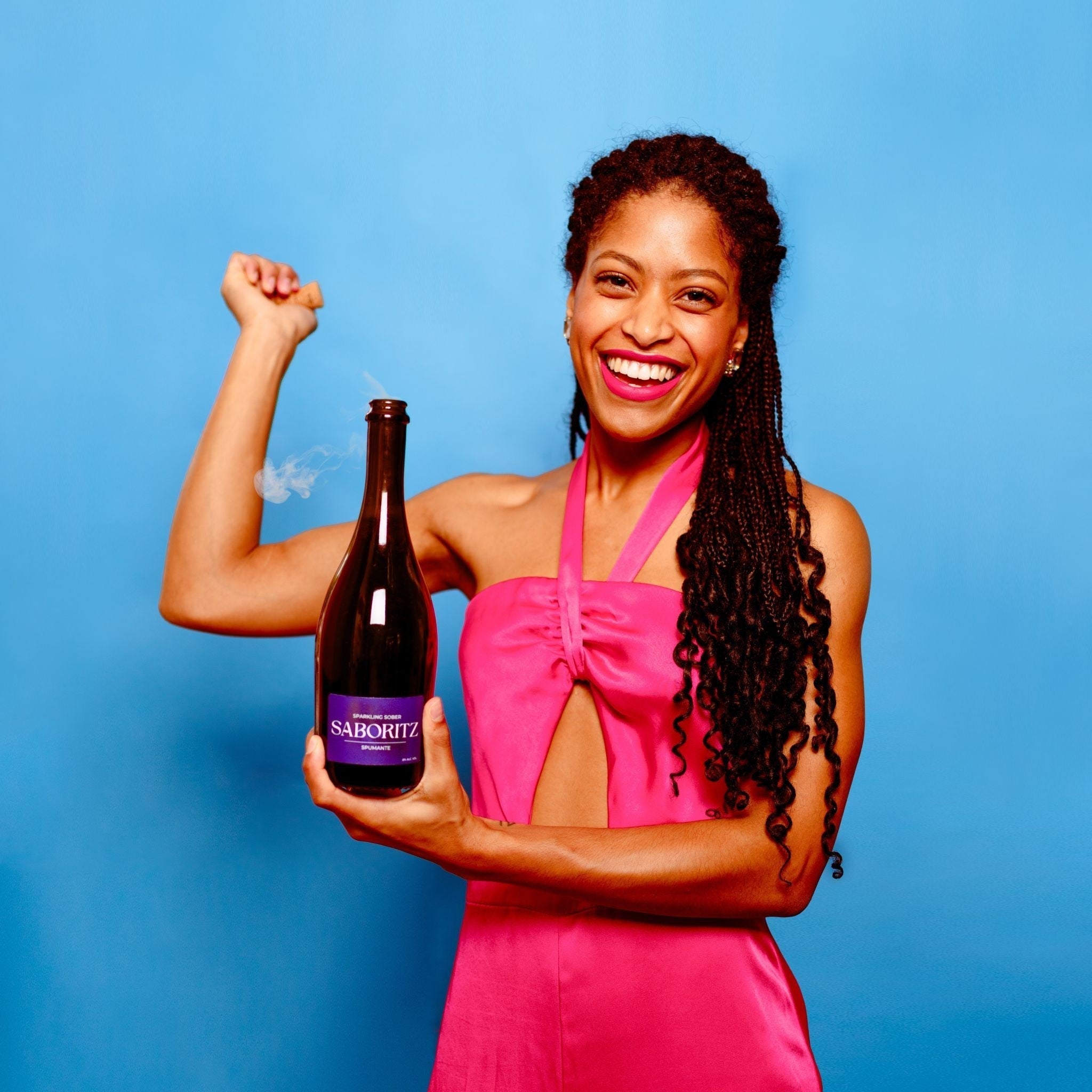It's already halfway through January, which means people are still busy with their good intentions. A popular resolution is to drink less alcohol, also known as Dry January. But how do you keep this up? This year it might be easier than ever, because non-alcoholic drinks are becoming increasingly popular in the city.
January 15, 2025, 2:54 PM · Modified January 15, 2025, 3:13 PM · By: Esli Oudejans
Sitting with a glass of water or a cup of tea at a dinner does not feel very cozy for many people. Certainly not when others around you are drinking a festive bubble. This was also the reason for Frederike de Groot to set up a completely alcohol-free liquor store in Amsterdam. And not without success.
"Our last December was the best ever," says De Groot. "You can see that people are increasingly concerned with living more consciously and paying attention to their health. Also, more and more is becoming known about the impact of alcohol on your body. ” Alcohol-free wine contains 70 to 80 percent fewer calories than a wine with alcohol, so it also has many advantages for people who want to lose weight.”
Non-alcoholic more popular
The Trimbos Institute confirms De Groot's impression: according to the knowledge institute for drug addiction, more and more non-alcoholic drinks are being consumed. Sixteen percent of adults choose a non-alcoholic drink every month, and among young people this is fifteen percent. It also appears that 56 percent of people, after using non-alcoholic drinks, started drinking less alcohol.
The rise of alcohol-free is also visible in beer. A brewery from Noord is so convinced of this trend that they are going to offer a completely alcohol-free and 'low-alcohol' range this year. "The demand for alcohol-free and low-alcohol beers is increasing and that is why we are going to change that", according to the brewery's sales specialist, Sam Sierink.
“Preventing a hangover - or as they call it in Gen Z: hangxiety - is also a big reason for young people to choose non-alcoholic drinks.” That is why Sierink does not think this is a temporary trend. “If you look to the future, it is precisely Gen Z and millennials who are busy making more conscious choices, but still want to enjoy a nice drink in the catering industry”. The Trimbos Institute also sees this trend in non-alcoholic beers. For example, the monthly consumption of non-alcoholic beer increased from 9.6 percent in 2018 to 15.6 percent in 2022, and this increase is continuing.
"The best way to survive Dry January is to really look for something you like for that difficult moment"
Frederike de Groot - alcohol-free liquor store
People who participate in Dry January also think that the increasingly wide range of non-alcoholic drinks makes it easier to stick to Dry January. "I think the taste is getting better and better and there is more and more choice in that. You also have enough non-alcoholic champagnes or wines, so that makes it easier," someone tells us on the street.
Tips
For those who really don't know how to survive these last weeks, De Groot has some tips. "Really look for something you like for that difficult moment or that party. Whether that's an alcohol-free Spritz, a Spumante or a nice alcohol-free gin cocktail. It can be anything."






0 comments